Nature’s most terrifying flex? The creatures that scoff at conditions that would straight-up kill us. From boiling temperatures and crushing pressure to toxic sludge and radioactive zones, these living things thrive in environments that seem biologically impossible. They’re not just surviving—they’re evolving in ways that defy our understanding of life itself.
Meanwhile, humans wear SPF 50 and still get sunburned. These organisms are out here living in acid lakes, walking on volcanoes, and chilling in the vacuum of space. Here are 10 of the most extreme survivalists in the animal kingdom—creatures that live where we absolutely could not.
1. Tardigrades (aka Water Bears)
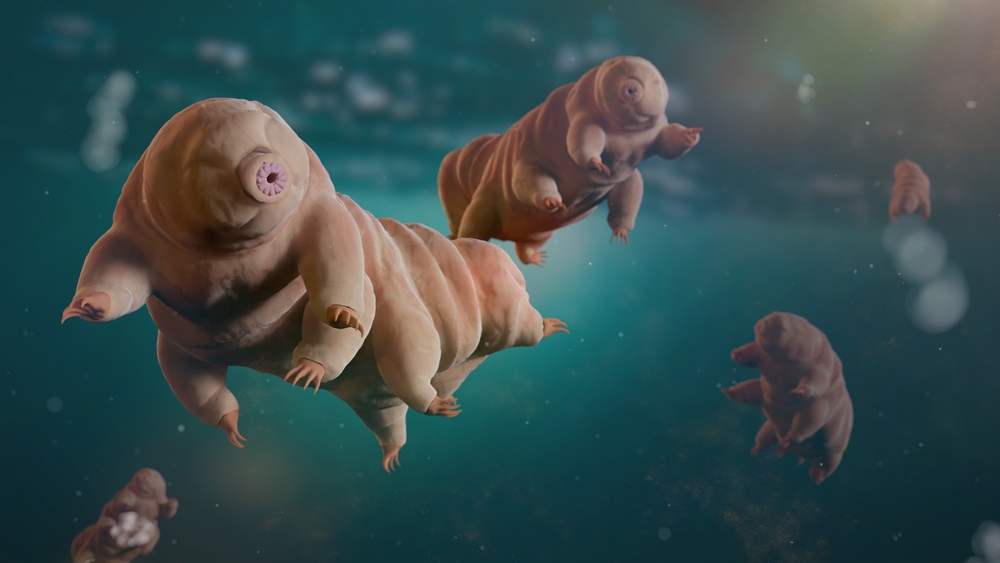
Tardigrades are the undisputed champions of survival. These microscopic creatures can survive boiling, freezing, dehydration, radiation, and even the vacuum of space. According to Scientific American, they’ve been frozen for 30 years and came back to life like nothing happened. NASA literally launched them into orbit—and they were fine.
They curl into a dry, shriveled-up “tun” state and basically press pause on life. No heartbeat, no breathing—just chilling in suspended animation until conditions improve. If Earth ever burns, floods, or explodes, tardigrades are probably the last ones standing. And they’ll still be unbothered.
2. Pompeii Worms
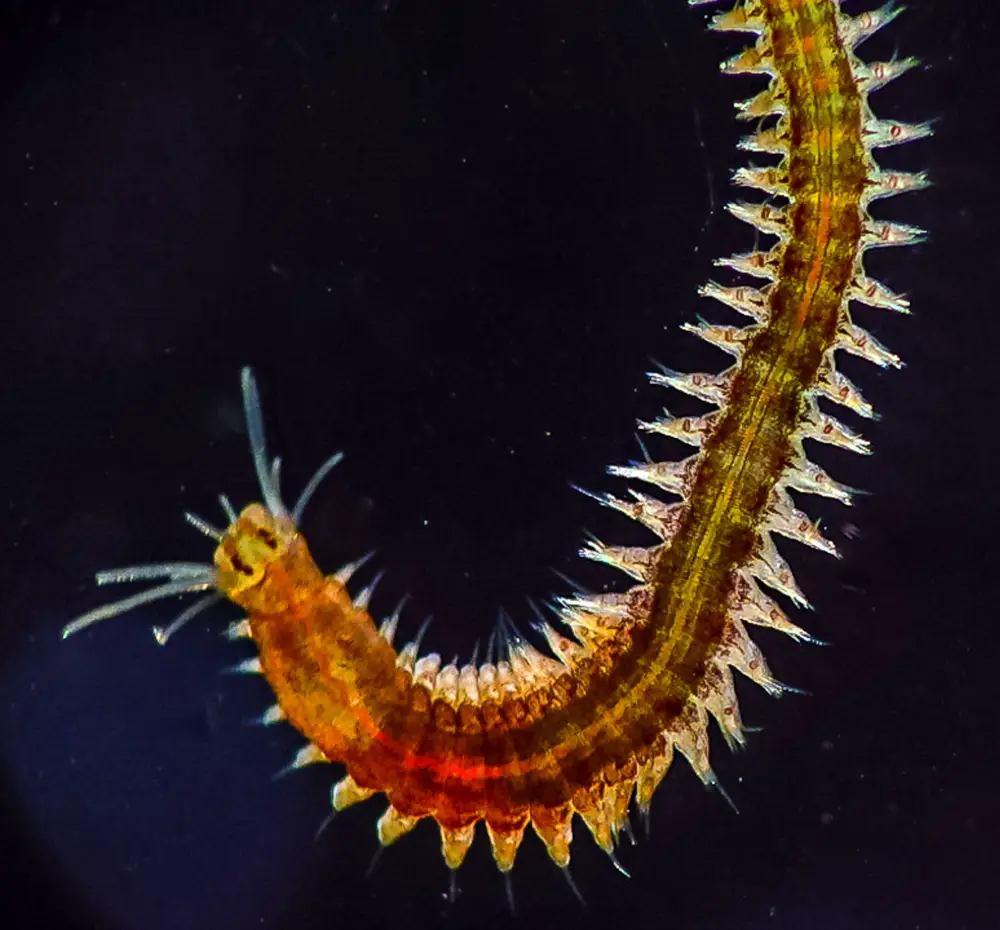
These deep-sea dwellers hang out near hydrothermal vents where water reaches 176°F—hot enough to kill most life instantly. But Pompeii worms don’t just survive there; they thrive. They coat themselves in a protective layer of bacteria that acts like heat armor, allowing them to live in one of Earth’s most hostile habitats.
According to NASA, they’re considered one of the most heat-tolerant animals ever discovered. Scientists are still trying to understand how their cells don’t just melt. While we melt in a sauna, these worms are having a spa day at the ocean’s boiling point.
3. Ice Worms
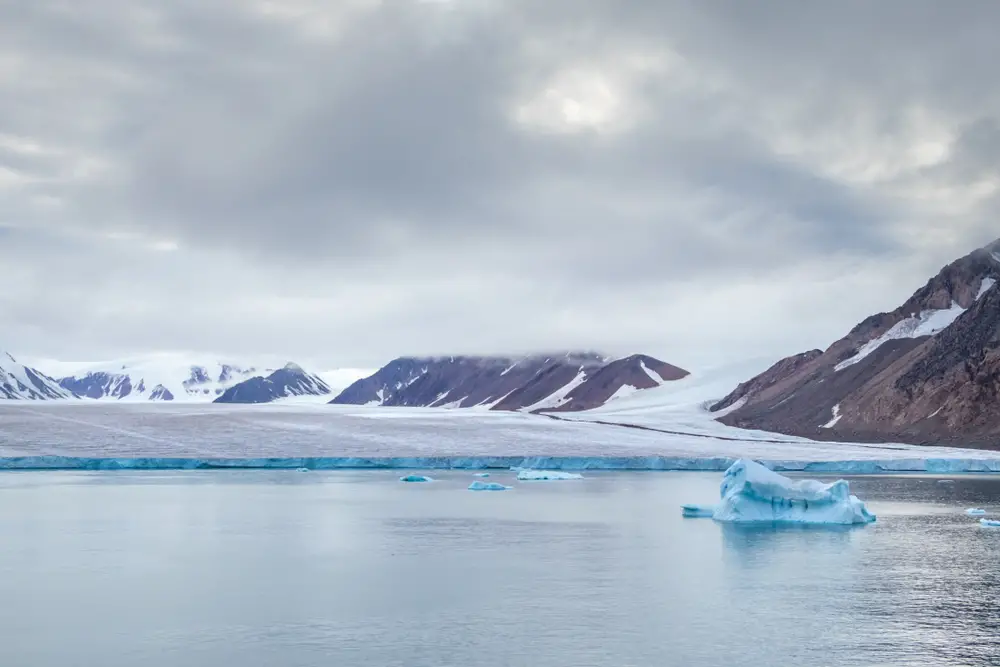
Yes, they’re real—and they live inside glaciers. Ice worms (Mesenchytraeus solifugus) thrive at temperatures just below freezing and die if exposed to warmth. Literally, they melt if things get too cozy. According to the National Park Service, these creatures are perfectly adapted to glacier ecosystems.
They come out at dusk and dawn to feed on algae and bacteria in the snow. They’ve evolved antifreeze proteins in their bodies that keep their tissues from freezing solid. So while the rest of us are layering parkas, ice worms are living their best lives inside frozen mountains.
4. Brine Shrimp (Sea Monkeys)
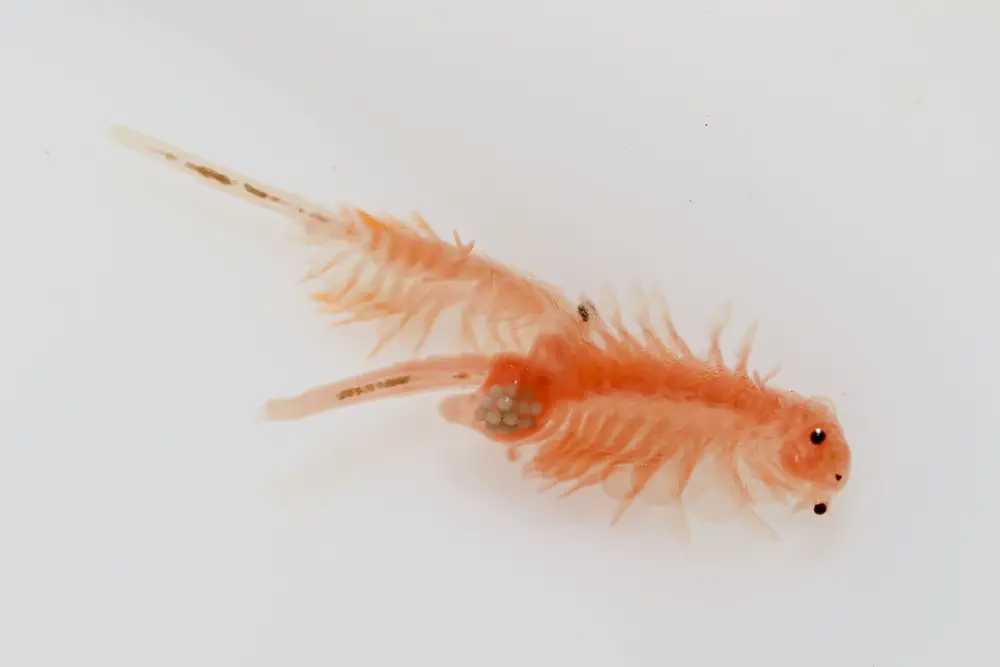
You probably remember these from childhood science kits, but brine shrimp are more hardcore than you think. They survive in some of the saltiest environments on Earth, like the Great Salt Lake or salt pans in Africa. Their eggs can remain dormant for years, even decades, until conditions are right to hatch.
They’re practically indestructible in their egg form—no oxygen, no water, no problem. When the environment becomes habitable, they spring back to life like they never left. They’re basically the comeback kids of the crustacean world.
5. Thermoacidophiles
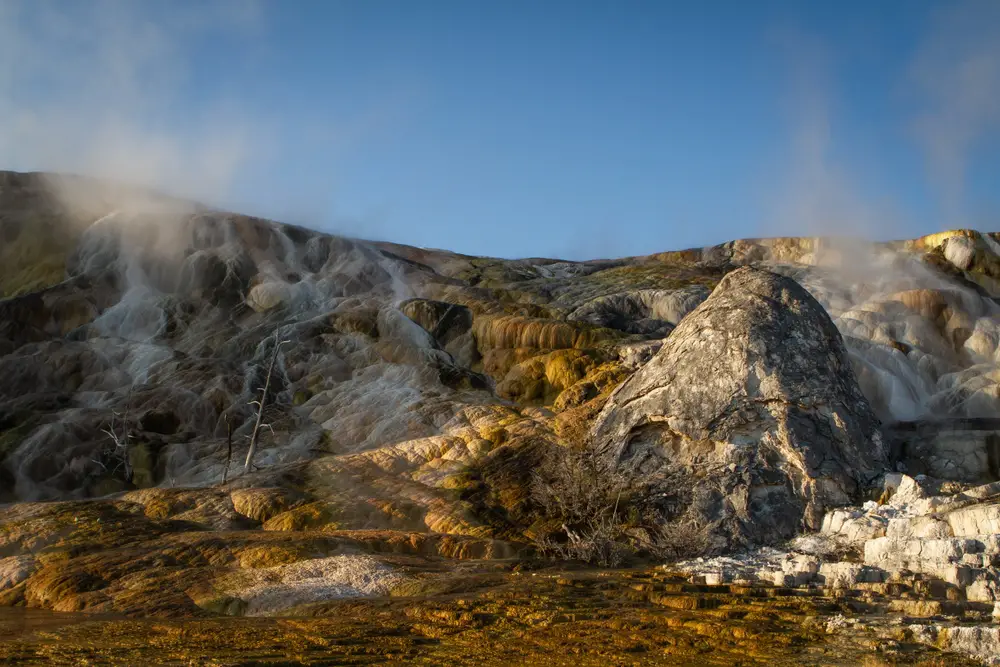
These are extremophile microorganisms that thrive in hot, acidic environments where life shouldn’t exist. Found in volcanic springs and hydrothermal vents, they live in temperatures over 200°F and environments with a pH close to battery acid. Your skin would literally melt off in seconds. For thermoacidophiles, it’s just Tuesday.
They’re so tough, NASA studies them to learn how life might survive on planets like Venus or Mars. They’ve also become invaluable to biotech industries because of the heat-stable enzymes they produce. In short, these microbes make “thriving in hell” look easy.
6. Wood Frogs
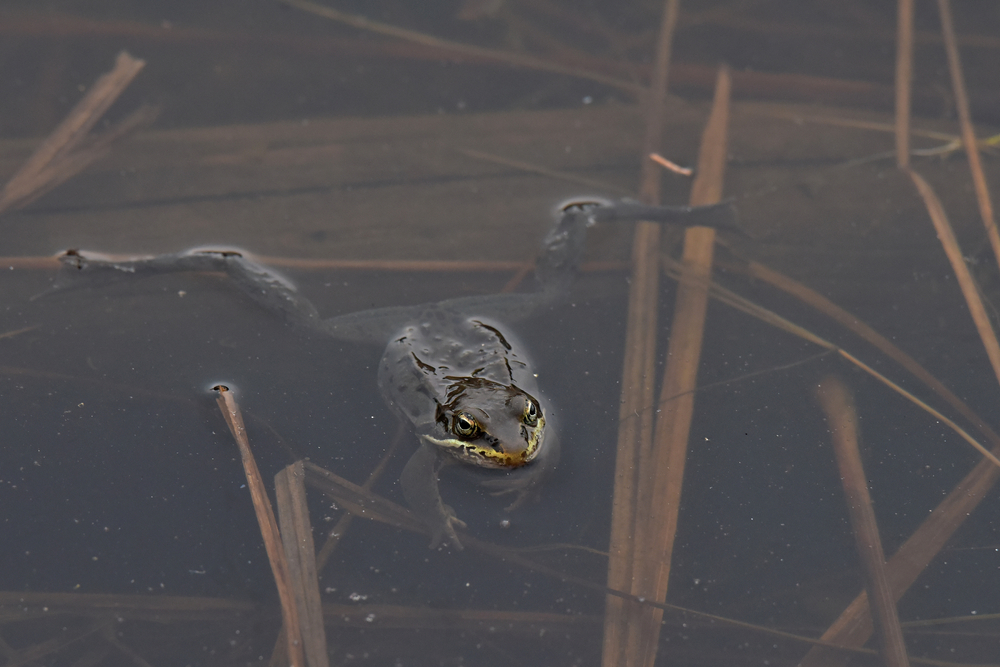
These frogs don’t just survive freezing—they freeze themselves. Wood frogs go into suspended animation during winter, their heart stopping entirely while their bodies turn to ice. Come spring, they thaw out and hop away like nothing happened.
Scientists still don’t fully understand how their organs survive freezing without damage. But these frogs are proof that nature can do cryogenics better than humans. If you think you’re good at hibernating in winter, this frog would like a word.
7. Bdelloid Rotifers
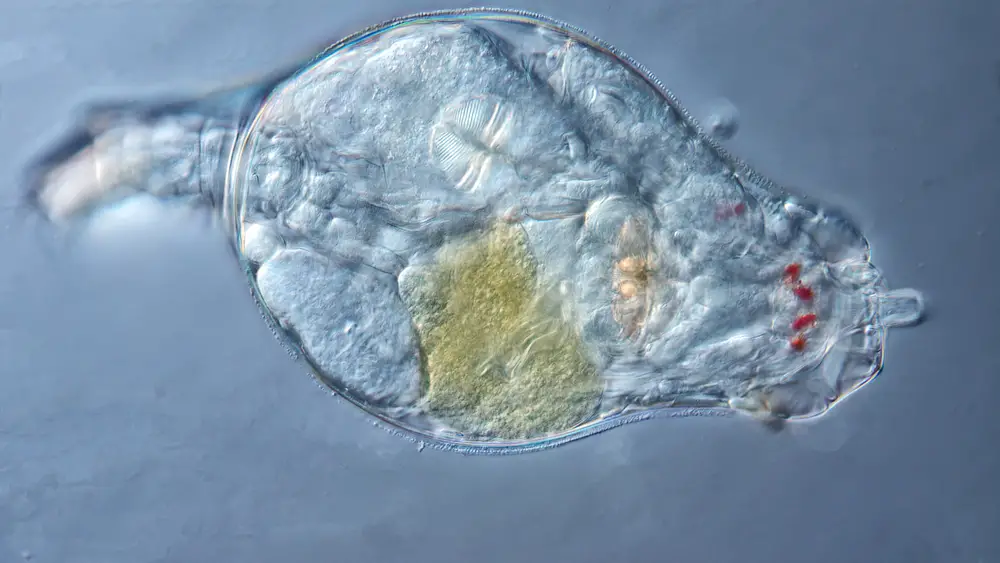
These microscopic creatures are known for surviving extreme radiation, dehydration, and even being blasted into space. They can dry out completely for years and then rehydrate back to life. Smithsonian Magazine even reported they’ve survived being frozen for 24,000 years in Siberian permafrost.
They reproduce asexually, and somehow avoid the usual genetic pitfalls of inbreeding. Scientists are still scratching their heads. But one thing’s clear: these tiny weirdos might outlive humanity by a few millennia.
8. Scaly-Foot Snail
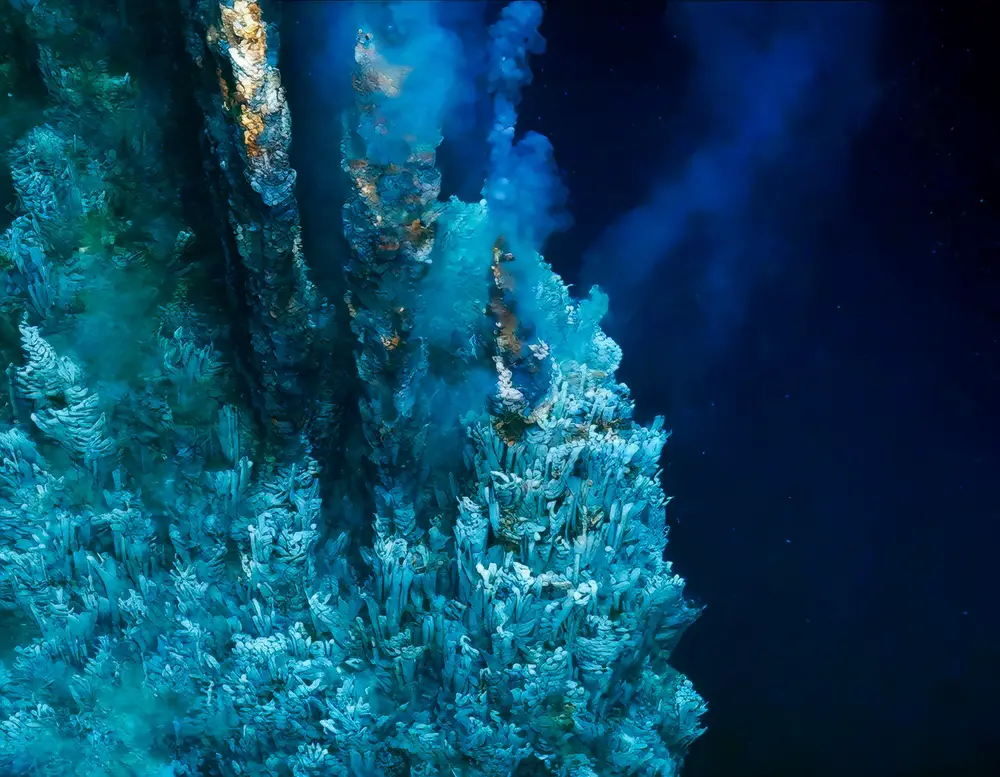
Found near hydrothermal vents in the Indian Ocean, this snail has a shell made of iron and sulfide—basically, it wears armor. It’s the only known animal to use iron sulfide as a structural material. These snails survive in boiling water loaded with toxic metals. And they look like they were designed by a heavy metal band.
Their feet are covered in iron scales that protect them from predators and extreme heat. Scientists have studied their armor for military and industrial applications. Because if nature can make a literal metal snail, you know it’s built for survival.
9. Sahara Silver Ant
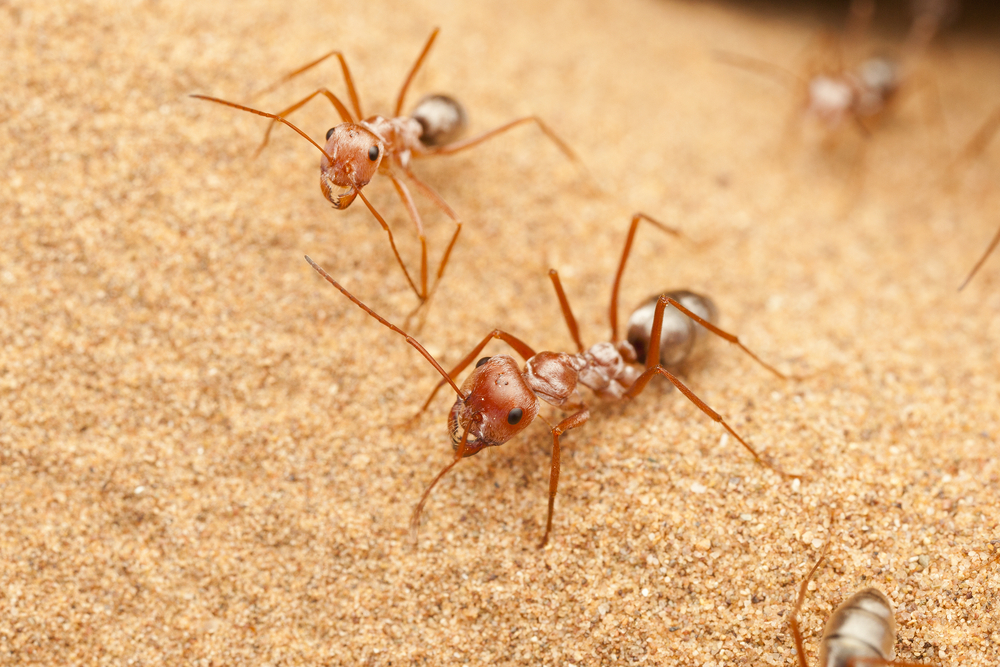
This ant lives in one of the hottest places on Earth and forages during the most extreme heat of the day, when even predators have retreated. They’ve evolved long legs to stay above the burning sand and reflective hairs to deflect heat. Their strategy? Dash out, grab food, and return in minutes before they cook alive.
According to Science, their tolerance to heat is among the highest of any terrestrial animal. Humans wouldn’t last minutes in those temperatures. These ants treat it like a midday jog.
10. Deinococcus Radiodurans (aka “Conan the Bacterium”)
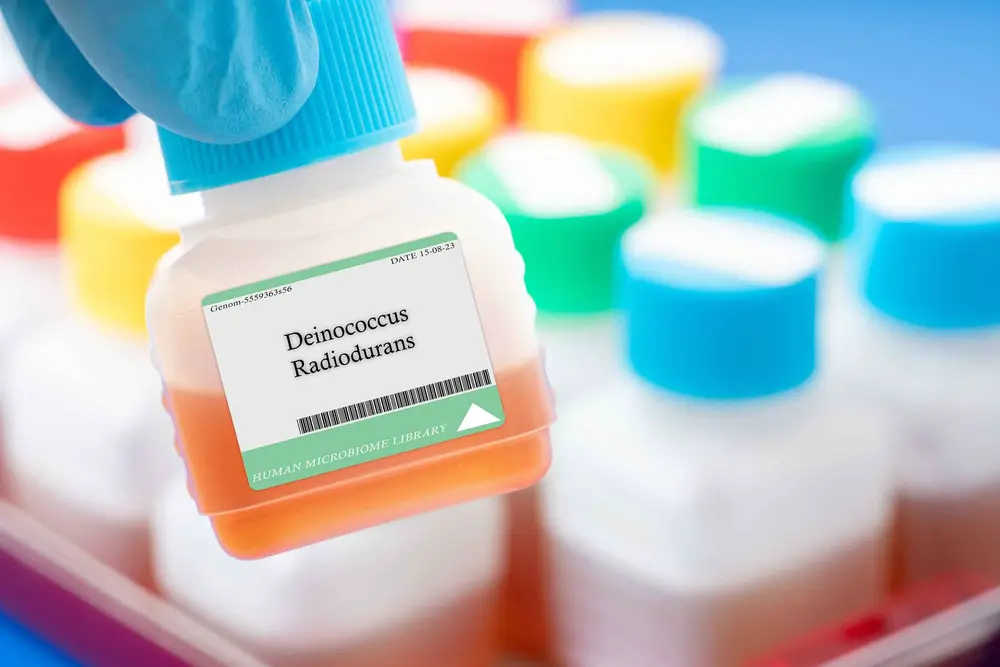
This bacterium can withstand radiation levels thousands of times higher than what would kill a human. It can survive dehydration, acid, cold, and vacuum. Deinococcus has been nicknamed “Conan the Bacterium” because it’s basically unkillable. According to Nature, it can stitch its DNA back together after extreme damage.
It’s so tough, it’s being studied for potential use in nuclear waste cleanup. If nuclear war ever happens, don’t worry—this bacterium will still be here, judging us. And thriving in the fallout.
